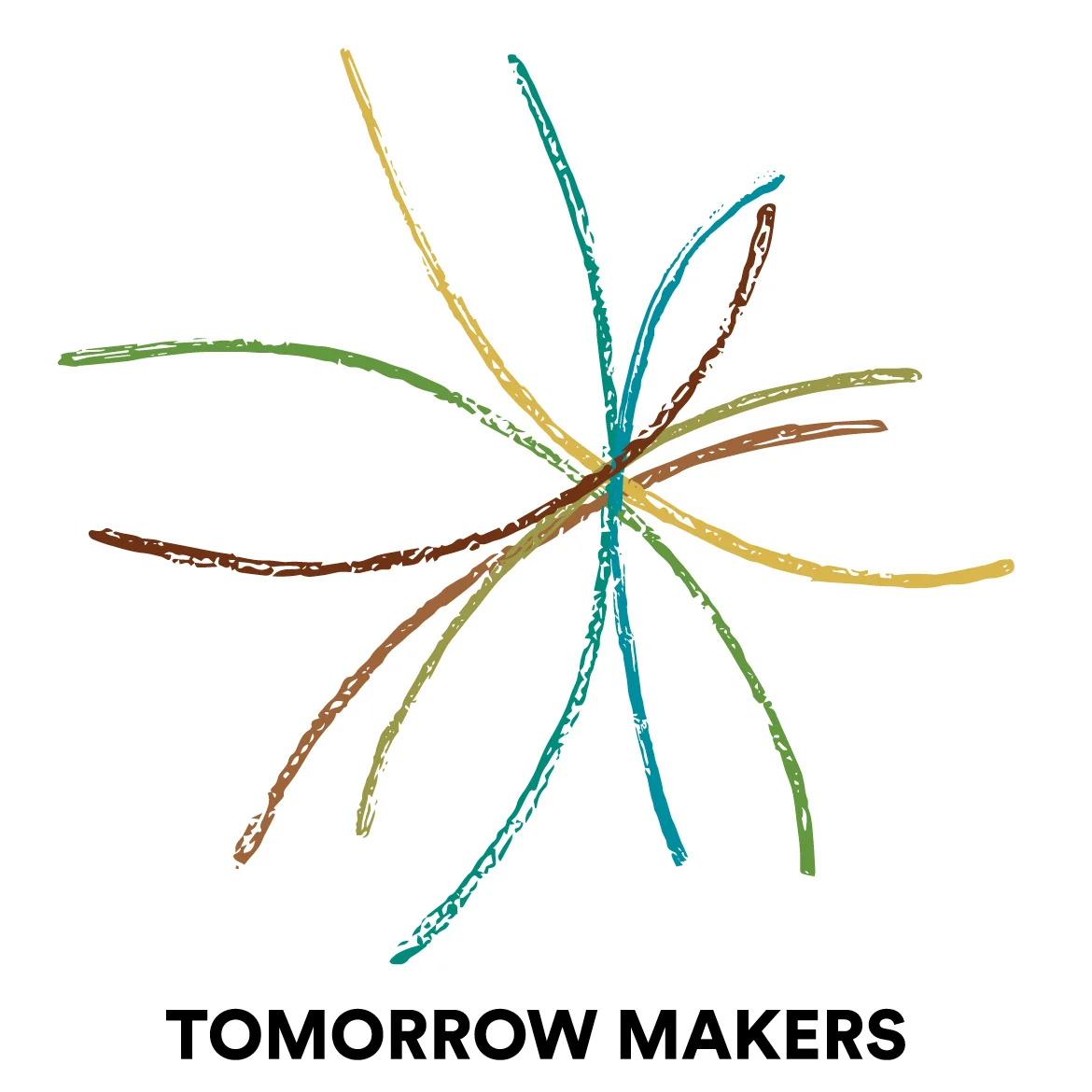How the Hippies Saved Physics
/The future is rational only in hindsight. MG Taylor Axiom, 1983
Serendipity plays an interesting part in life. I recently went to Amazon's wish list to look for a birthday gift for my son, Jeff, and saw How the Hippies Saved Physics. It caught my attention, looked good so I ordered two copies. Meanwhile, a group of us are beginning the writing of a book which we currently call 30 Years of WOW. The story we want to write is the story of Matt and Gail Taylor's work, and more importantly the impetus that gave rise to the work and how it is becoming a ubiquitous way of working. The story is full of time lags, other originators, and imagination writ big!
I had not read far in the book to have the entire 70's return to the forefront of my memory. Our fashions, music, protocols and assumptions about a way of life. I grew up in Kansas City, Mo, generally considered to be a conservative environment. Yet the 70's were in full bloom here too. Maybe not the San Francisco scene, but the same questioning and restless searching. Where was society heading? Wasn't life meant to be richer more satisfying? Wasn't there ways to make life better for everyone?
Sound bytes from the Hippies book:
"The hippies self-consciously opened up space again for freewheeling speculation, for the kind of spirited philosophical engagement with fundamental physics that the Cold War decades had dampened. More than most of their generation, the sought to recapture the big-picture search for meaning that had driven their heros - Einstein, Bohm, Heisenberg, and Schrodinger - and to smuggle that mode of doing physics back into their daily routine."
"The hippie counterculture sported a playful worship of youth, spontaneity, and 'authenticity.'"
"Try as we might, we cannot cleave off the goup or its activities from the 'real' physics of the day. Many of the members' activities placed them on one end of a spectrum, to be sure. But no hard -and-fast dividing line separated them from legitimate - even illustrious - science.'
Matt's course, Rebuilding the Future (1976), was about the rate of change and how to prepare for it and design our future rather than letting it happen by default. This course, too, was full of diversity: very mainstream people, hippies, multiple ages, races, life styles. We had one thing in common, a hunger to help shape the future.
The next 25 years, according to Matt would bring about more change than had occurred since the middle ages. Ordinary citizens would have more power than any king or queen who had ever lived. We were each part of the future and should bring it about by design, not default. Matt's course had us explore the cycles of the creative process, not just in our personal lives, but as a larger cycle within culture and meaning. Culture follows science from metaphysical thought and vision, through intent, insight, building. There is basically a generation of time lag between the understanding of science working its way into mainstream thinking. This creates paradigm shifts when the old way of thinking - Cartesian, clockwork, heirarchical - begins to die and a new paradigm is birthing. Mostly, people took sides and had nothing to say to each other.
My work when I joined Matt's class was in education. The Learning Exchange, a Teacher's Center attracted some of the best and brightest teachers within a 100 mile radius of Kansas City, MO. We worked with Dean's of Education, professors, teachers at all levels, parents, and community leaders. Yet it was rare for me to find someone interested in the future. I longed for people to exchange ideas with, to perturb my own thinking about the future. The Renascence Project offered that for me.
This was our mode when we founded MG Taylor Corporation. How could we help educators, community leaders, rebels, and ordinary folks to give the future a try? What is it we needed to provide to unleash this dormant knowledge about the future? Matt and I were both passionate about our beliefs in Group Genius. We had our own experiences and wanted to incorporate it into whatever we were doing.
As the book, How the Hippies Saved Physics, indicates we were not the only ones interested in a different future. The 70's represented a wake up call and a number of us were listening and acting on our internal beliefs. We were going against mainstream although I doubt if many of us recognized this at the time. I, for one, was simply doing what I had a passion for. It just seemed like the thing to do.
Over the next several journals, I plan to take different aspects of our method and write about how they got incorporated into the process. I'll be starting with:
SCAN
expertise
design of the walls and environment
working big
building trust
play
diversity
All of these concepts were developed within a context, place and time called the 70's.

